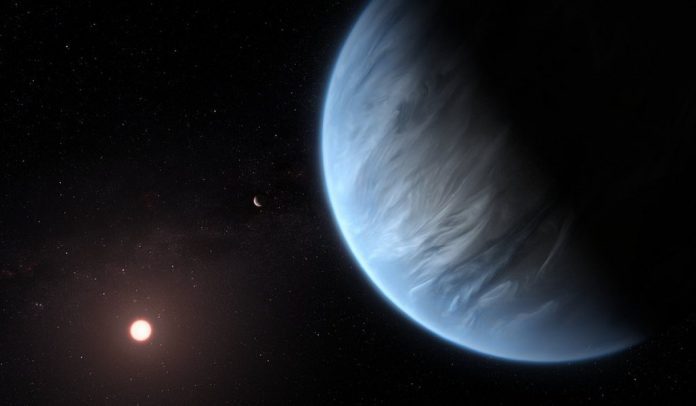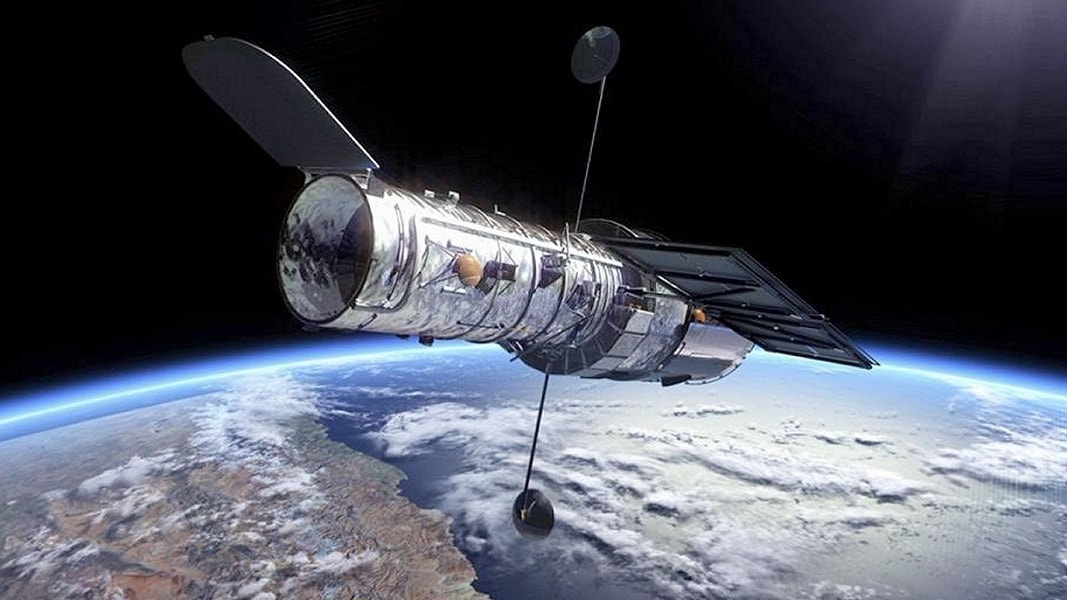
Scientists and astronomers have been exploring the cosmos to find the answer to the question, are we alone in this vast universe? is earth unique? and countless other questions about life on earth, our solar system, and the universe; Hubble Space Telescope has been helping the scientist and explorer to unveil the mysteries of cosmos since its launch in 1990.
Hubble Space Telescope named after astronomer Edwin Hubble may not be the first space telescope but it is one of the largest and most versatile space telescopes so far. It is the Hubble Telescope which helped astrophysicists reveals the rate of expansion of the universe.
Now, data from the Hubble Space Telescope has revealed another breakthrough discovery in science and astrophysics; the first time, astronomers studying worlds beyond our solar system have found the water vapor in the atmosphere of a habitable exoplanet (a world outside our Solar System).

This exoplanet known as K2-18b orbits in a habitable zone of a star that is much smaller and cooler than our sun, habitable zone in a solar system is basically the range of orbital distances where it would be warm enough for liquid water to exist on a planet’s surface.
This week two independent studies confirmed and announced today (Sept. 11) the presence of water Vapor and likely clouds and rain in the atmosphere of exoplanet K2-18b. K2-18b was discovered by American space agency NASA’s Kepler Space Telescope in 2015. The alien world is about twice the size of Earth, eight times massive than the earth, and 110 light-years from our planet. K2-18 b orbits a red dwarf star in the habitable zone, it orbits 7 times closer than the earth’s orbit around sun but K2-18 b orbits a type of dim red star so the orbit places it in the star’s habitable or potentially life-friendly zone. The orbit of K2-18b is so small that it completes its orbit in just 33 earth days that also means K2-18b has 33 earth days in a year.
The researchers studied Hubble data between 2016-2017 to analyze K2-18 b’s transit, or its movement across its host star’s face, using a technique known as transit spectroscopy. As the planet transits, “part of the stellar light is filtered through the atmosphere of the planet,” Tsiaras said. “The atmosphere of the planet leaves a characteristic fingerprint on the light … this is what we try to observe.” K2-18 b’s atmosphere likely contains between 0.01% and 50% water, and there could additionally be a significant amount of hydrogen, research teams said based on planet’s transits data.
“This is the only planet right now that we know outside the solar system that has the correct temperature to support water, it has an atmosphere, and it has water in it—making this planet the best candidate for habitability that we know right now,” University College London astronomer Angelos Tsiaras, a coauthor of one of the two studies, said during a press conference.
“Both studies show there are an atmosphere and water on this planet, which makes the result even stronger,” Benneke says. “Finding water vapor is great, but what is so special about K2-18 b is that our models suggest parts of its atmosphere have sufficient temperature and pressure for that vapor to form droplets of liquid water. And these, like in Earth’s atmosphere, will form clouds and fall as rain. Just as on Earth, there should be an interplay between condensation and evaporation, an active water cycle between the clouds and the gaseous part of the atmosphere.”





























